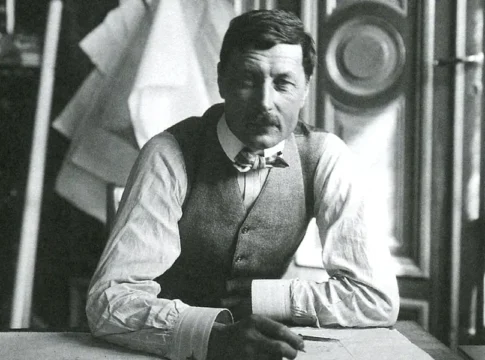 Photo: Public Domain
Photo: Public DomainRagnar Östberg: Architect Who Shaped Stockholm’s Skyline
Explore the genius of Ragnar Östberg, the architect who shaped Stockholm’s cityscape—from City Hall to museums that define Sweden’s cultural…

Though not born in Stockholm, Gustav Vasa (1496–1560) is one of the most influential figures in Swedish history—and his mark on the capital remains unmistakable. From political reforms to cultural landmarks, Stockholm still carries his legacy in stone, story, and tradition.




In the early 16th century, Sweden was under Danish control as part of the Kalmar Union. The turning point came after the brutal Stockholm Bloodbath of 1520, when Danish King Christian II ordered the execution of over 80 Swedish nobles in Stortorget square.
Escaping capture, Gustav Vasa rallied resistance across the country. By June 6, 1523, he was elected King of Sweden—a date now celebrated as the nation’s National Day. His reign marked independence, stability, and the birth of a hereditary monarchy.
Although his power stretched across Sweden, Gustav Vasa made Stockholm the heart of his rule. He strengthened the city’s privileges, consolidated its role as a governmental hub, and introduced Protestant reforms that reshaped civic and religious life.
This legacy is embodied in the Royal Palace in Gamla Stan, a living symbol of royal continuity from Vasa’s reign to today.
Gustav Vasa’s reign reshaped Sweden politically, religiously, and culturally. Statues, parks, and streets across Stockholm keep his memory alive, while National Day on June 6 anchors his place in modern Swedish identity.
For visitors, following his traces in Stockholm is more than history—it’s a journey into the origins of Sweden as a unified nation.
![]() Gustav Vasa's Legacy
Gustav Vasa's Legacy
![]() Gustav Vasas Arv
Gustav Vasas Arv